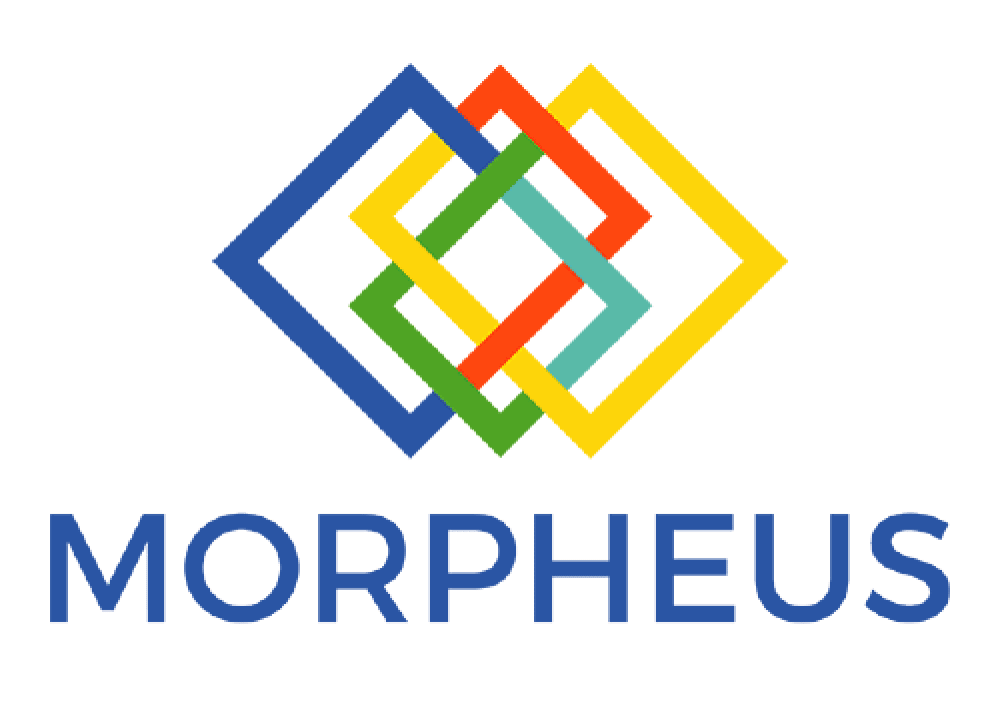The integration of project management and finance applications is critical to the efficiency of companies in the architecture, engineering, and construction (AEC) sector. If the systems that keep track of project finances and corporate accounting activity are siloed rather than linked, the proverbial right hand will not always know what the left hand is doing.
That shortcoming can delay decision-making and project completion dates, compromise efficiency and profitability, cause cash flow problems and potential litigation to name but a few.
Manual data entry and siloed systems are not an option, especially at a time when construction companies and project owners alike expect accurate, real-time data. This necessity holds true for construction project management software, ERP management software, and CRM management software, enabling informed and financially prudent decisions.
Table of Contents
1. Successful Integrations

For starters, a well-conceived integration should be configured to the company’s specific requirements. Off-the-shelf solutions may cost less in the short term, but they lack the specific integration requirements to meet a company’s particular needs.
With an integration done correctly, project and finance team members can, for the first time ever in many instances, have the freedom to focus exclusively on the strategic and tactical challenges that make their jobs most fulfilling and add maximum value to client relationships instead of being burdened with data entry and verification, and other repetitive, less enjoyable, non-value-added tasks. This alleviates them from burdensome tasks and enhances their overall efficiency in construction project planning.
In our 20+ years of experience, the best way to make companies aware of what they should expect from an integration is to work closely with decision-makers and influencers throughout the life cycle of an integration engagement. To make certain that our integration meets your company’s unique requirements, we’ve developed these three features:
Full automation
When you move data, it should be an effortless process. As a project or finance professional, you should have the freedom to stay in your application of choice without having to hit a “sync” button or depend on a “gatekeeper,” or act as a gatekeeper yourself. As a result of using an integration that is fully automated, you and your colleagues can focus on strategic challenges and higher-value work and leave the “busy work” behind.
Endless configuration
Because configurability drives the full automation of a workflow or business process, it is key to have a system that features unlimited configurability instead of being locked into pre-configured processes. At Morpheus, we have never performed two identical integrations, and we never will. Furthermore, an integration should be able to grow with a company over time as internal processes change to manage growth, market conditions and other factors.
Complete control
Self-sufficiency is important to us, and it should also be important to you. We empower companies to control and manage their integrations from Day One. A skilled, forward-thinking Morpheus team member will train you on how to configure workflows, so they do not have to spend valuable time (and money) for each and every workflow change.
Non-Negotiable Items

Regardless of how your integration “looks,” there are two non-negotiable things. First, the solution should always be customized because off-the-shelf “cookie-cutter” solutions have been proven to be inadequate for construction project planning.
Second, you should not have to change internal procedures to fit the software’s requirements because doing so is the equivalent of trying to fit a square peg into a round hole. If a proposed solution requires those kinds of modifications for construction project management, ERP management software, or CRM management software, it should raise a “red flag”, and you should instead look for a solution that creates less friction instead of more and makes your operations more efficient than they were before the integration.
Conclusion
Increasing cost pressures and project accountability make it an excellent time for companies to implement an integration for their project management and accounting applications.
For guidance on implementing the ideal integration for your company…




















